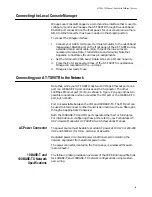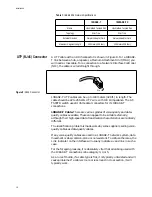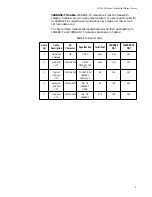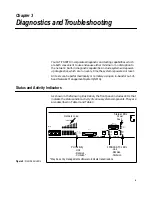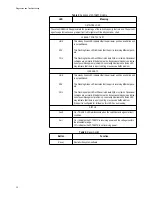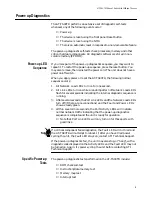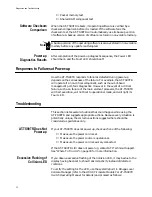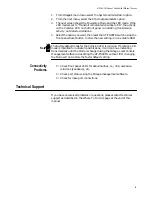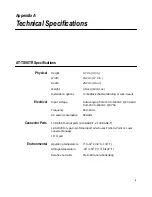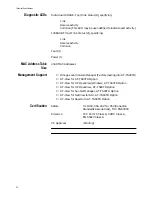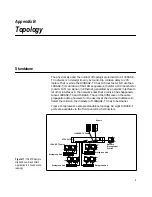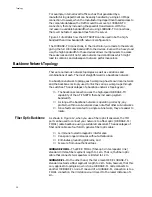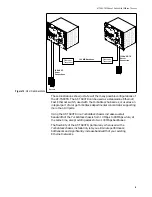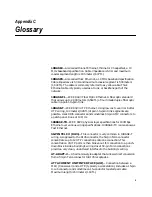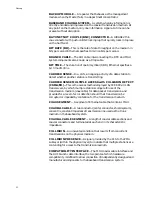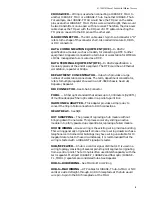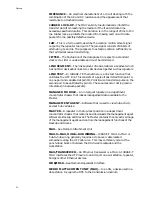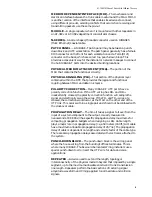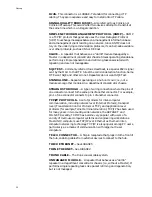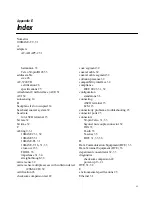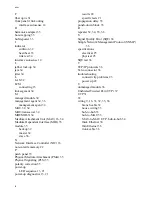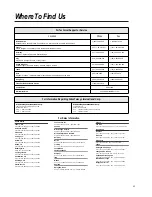
Glossary
32
BACKUP MODULE— A repeater that behaves as the management
module when the Master fails in a department concentrator.
BASEBAND COAXIAL SYSTEM—A system whereby information is
directly encoded and impressed on the coaxial transmission medium. At
any point on the medium, only one information signal at a time can be
present without disruption.
BAYONET NUT COUPLE (BNC) CONNECTOR—A 10BASE2 thin
coax connector with push-on BNC locking lug that quickly locks into place
with a half twist.
BIT RATE (BR)—This is the rate of data throughput on the medium in
bits per second. Ethernet specifies 10 million bits per second.
BRANCH CABLE—The AUI cable interconnecting the DTE and MAU
system components also known as a Drop cable.
BIT TIME—The duration of one bit symbol (1/BR). Ethernet specifies a
bit time of 100 ns.
CARRIER SENSE—In a LAN, an ongoing activity of a data station to
detect whether another station is transmitting.
CARRIER SENSE MULTIPLE ACCESS with COLLISION DETECT
(CSMA/CD)—This is the access method employed by IEEE 802.3 LAN
transceivers, by which multiple stations compete for use of the
transmission medium (coax cable) for data packet transmission and
provides for a level of error detection should that transmission be
corrupted or impeded by contention for the transmission medium.
COAX SEGMENT—A segment of Ethernet cable that contains MAU.
COAXIAL CABLE—A two conductor (center conductor, shield system),
concentric, constant impedance transmission line used as the trunk
medium in the baseband system.
COAXIAL CABLE SEGMENT—A length of coaxial cable sections and
coaxial connectors and terminated at each end in its characteristic
impedance.
COLLISION—An unwanted condition that results from concurrent
transmissions on the physical medium.
COLLISION PRESENCE—A signal provided by the PLS to the PMA
sublayer (within the physical layer) to indicate that multiple stations are
contending for access to the transmission medium.
COMPATIBILITY INTERFACE—The MDI coaxial cable interface and
the AUI branch cable interface, the two points at which hardware
compatibility is defined to allow connection of independently designed and
manufactured components to the baseband transmission system.

